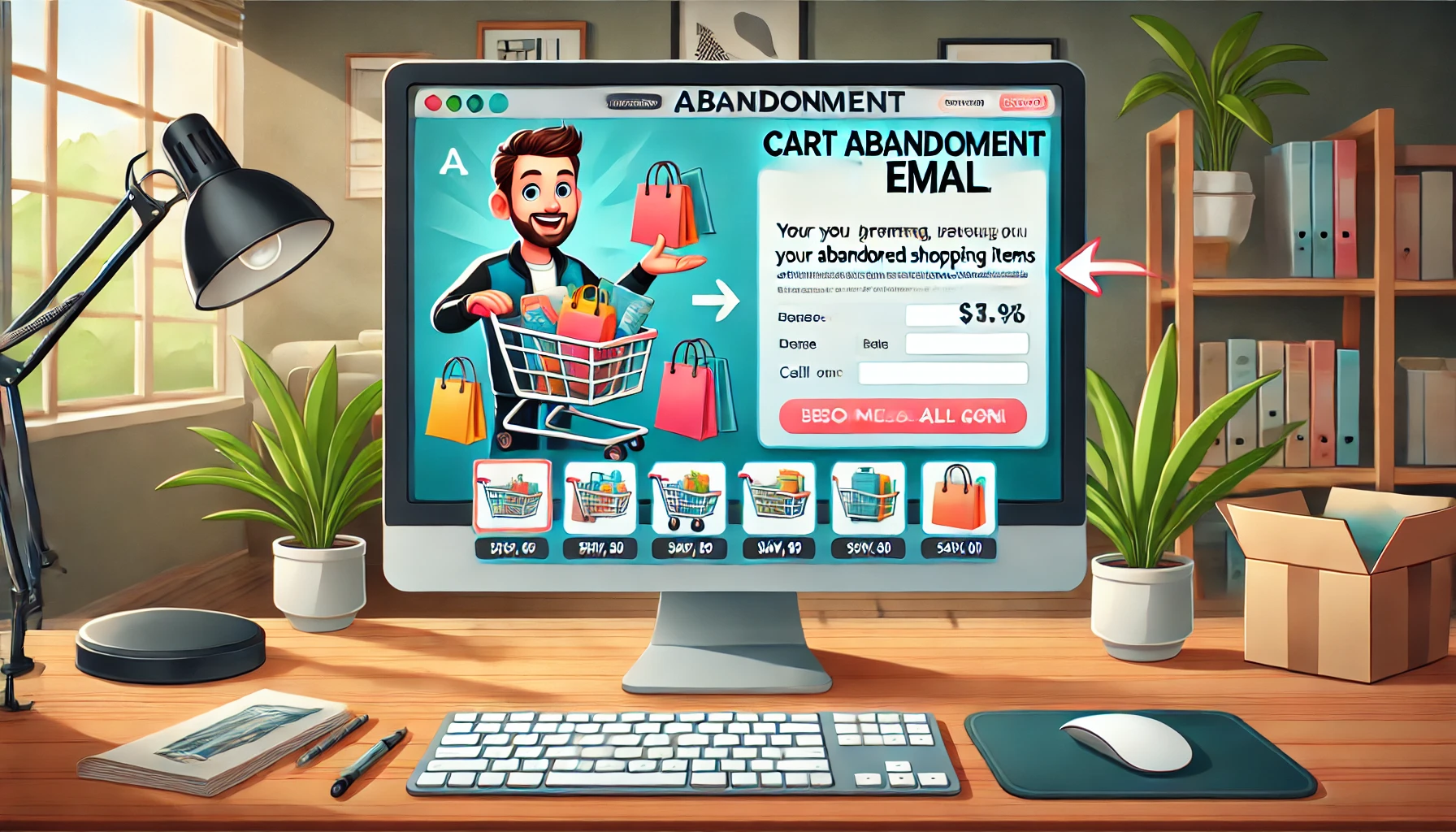Let me tell you, programmatic advertising isn’t just some trendy term floating around in the digital marketing world. Over the last five years, it has become a significant method for acquisition and branding for both B2B and B2C brands.
So, what exactly is programmatic advertising? Well, it’s essentially the algorithmic buying and selling of ad space in real time. This means using software to automate the purchase, placement and optimization of ads through a bidding process. What’s cool about automating this is that everything happens instantly, without needing manual input or old-school trading methods.
But here’s the twist: programmatic advertising isn’t fully automated. Yes, we use a lot of fancy tech but humans are still very much in the game. For example, in areas like video or native advertising, there’s less automation compared to something like desktop display ads. And guess what? We still rely on people to make smart decisions about targeting and optimizing performance.
The world of programmatic advertising can seem a bit tricky with its complex network of Demand Side Platforms (DSPs), Data Management Platforms (DMPs), trading desks, ad networks and platforms. But for now, let’s zero in on how we can harness what we’ve learned here to boost your Pay-Per-Click (PPC) campaigns.
Before we jump into the deep end, there are a few more essential things to understand about programmatic advertising.”
Understanding the Origins of Data
Programmatic advertising is all about organizing massive amounts of data into audiences that really matter to your brand or business. At the heart of programmatic advertising is data and as marketers, it’s crucial to understand the different types of data to leverage them effectively in our campaigns.
Let’s break down the main types of data:
First-Party Data: This is the gold mine of data—it’s the information you collect directly from your own audience through your systems. You own this data completely, making it the most valuable and reliable source you’ve got. It comes from your website, your apps or direct customer feedback and it’s all about what your customers are doing directly with your brand.
Second-Party Data: This type isn’t collected from your customers but comes from a partner’s first-party data. Imagine you form a partnership with another company and they agree to let you use their customer data. This is what second-party data is all about. It’s almost as good as first-party data because it’s high-quality and expands your reach to potential audiences that were previously beyond your grasp.
Third-Party Data: Now, this data is collected by someone else—an external party—and it’s usually gathered from a variety of sources. These sources could be anything from online surveys and website cookies to public records and offline transactions, like those loyalty card swipes at the grocery store. While third-party data helps you reach the widest audience since it’s collected so broadly, it’s generally considered the least reliable compared to first and second-party data.
Understanding these data types is very important because it affects how you target and connect with your audience, ensuring your programmatic campaigns are as effective as possible.
Exploring Different Types of Targeting
Let’s dive into the different ways we can target ads in programmatic advertising. This is all about finding the right people at the right time and in the right place. It’s very cool once you get the hang of it so let’s break it down:
Location-Based Targeting: This is about serving ads to users based on where they are. It’s straightforward; if someone is in a place where your service or product could be useful, they see your ad. It’s all about location, location, location!
Audience Targeting: Here, we’re focusing on specific groups of people. We’re not just throwing ads out into the void and hoping for the best. Instead, we consider things like what users are into—like their behaviors, what they intend to do, their demographic details and more. This helps us push ads to folks who are more likely to be interested in what we’re selling.
Contextual Targeting: This one’s about the environment where the ad pops up. Basically, if someone is reading an article about running shoes, it makes sense to show them ads for running shoes, right? It’s all about matching the ad with the page content.
Lookalike Modeling: Think of this as finding a friend for your brand. We look for new audiences who act similarly to your best existing customers. It’s a smart way to find new people who might just love your product.
Behavioral Targeting: This method watches what users do—like what pages they visit or what products they linger on—and then serves ads based on those actions. It’s about understanding and reacting to user habits.
Cross-Device Targeting: People jump from one device to another, right? They might start looking at something on their phone, then switch to their laptop. Cross-device targeting tracks these switches and makes sure your ads appear regardless of the device they’re using.
Demographic Targeting: This is about basic stats—age, gender, income level. Ads are served based on who the person is. It’s old-school but still very relevant.
Intent Targeting: A bit like behavioral targeting but with a twist. It’s not just about what users have done but also what they’re likely to do next, based on their past actions like searches or social media activity. It’s like trying to read their mind a little bit.
Understanding these targeting techniques helps us to not only place ads more effectively but also to connect with people in a meaningful way, making sure the ads they see are actually useful to them.
Exploring Types of Programmatic Retargeting
Let’s unpack some of the ways we can reconnect with users through programmatic retargeting. It’s very fascinating how we can keep in touch with potential customers even after they leave our site!
Site Retargeting: This is all about reminding folks about your site after they leave. Say someone checks out a product on your website but doesn’t buy it. Later, while they’re browsing elsewhere, your ad pops up again. It’s like saying, “Hey, remember this cool thing you were looking at?”
Search Retargeting: Here, we catch up with users based on what they’ve searched for before. If someone searches for “best running shoes,” later on, they might see ads for those running shoes across different websites. It’s about keeping your brand in their line of sight based on their search history.
Email Retargeting: This method is very targeted. By using cookies, we can show ads to users who have interacted with our emails, like opening them or clicking on a link. It’s a smart way to keep engaging with someone who’s already shown interest in what you send out.
CRM Retargeting: This technique mixes online behavior with the data you’ve already got in your Customer Relationship Management (CRM) system. We match this CRM data with online cookies to recognize users from our database when they browse online, making our messages very relevant.
Dynamic Retargeting: Probably one of the coolest methods. Ads aren’t just randomly served; they’re specifically crafted based on what the user looked at during their last visit to your site. If they looked at a green sweater, the next ad they see could show that exact sweater or similar items.
Main Types of Programmatic Ad Inventory
Now, let’s look at how these ads find their spot on the web.
Auction-Based: This is the real-time bidding war. Ad space is auctioned off in real time and whoever bids the highest gets to place their ad. It’s fast-paced and happens in the blink of an eye.
Reserved: Some ad spaces are like VIP sections; they’re reserved. This space is sold directly to specific advertisers based on negotiated deals, often guaranteeing premium placement.
Unreserved: Think of this as the general admission area. It’s ad space sold in an open marketplace where any advertiser can buy spots without previous reservations.
Fixed Pricing: Some ad spaces come with a price tag that doesn’t change. The price is set and if you want it, that’s what you pay. No auctions, no bidding, just a straightforward transaction.
Getting a handle on these retargeting methods and inventory types can really amp up your advertising game, making sure you’re catching the eyes of potential buyers even after they initially slip through the net.
The Impact of Programmatic on PPC Strategies
So, let’s connect the dots here. Leveraging programmatic data to shape your paid search strategy can seriously up your game and boost your results. This means tweaking everything from your keyword choices and ad copy to your ad extensions and landing pages. The better you understand your target audience—their interests, likes, dislikes, where they’re from and even their gender—the more effectively you can craft your keyword purchases and ad messages.
Here’s a thought: Why not use programmatic as a way to quickly bring new customers into your sales funnel? By reaching out to new audience segments, you can see a rise in both branded and non-branded searches. What does this mean for you? More PPC traffic and more conversions—it’s like speeding up your entire search engine marketing (SEM) performance beyond what typical account tweaks can achieve.
When we talk about display advertising, especially on the Google Display Network (GDN), programmatic can really shine. Although GDN reaches around 90% of the online world, programmatic can push that number to nearly 99%. Imagine how much wider your reach could be! This isn’t just about relying on Google’s inventory; it’s about exploring vast new territories where you can find spots, websites and audiences that might click with what you’re doing on GDN.
Integrating PPC campaigns with programmatic opens up a whole playground of creative possibilities. It’s about mixing and matching tactics to find what resonates best with your audience. Have you tried any innovative strategies that combined these two? How did they work out? Let’s chat about what’s worked and maybe even brainstorm some new ideas!












